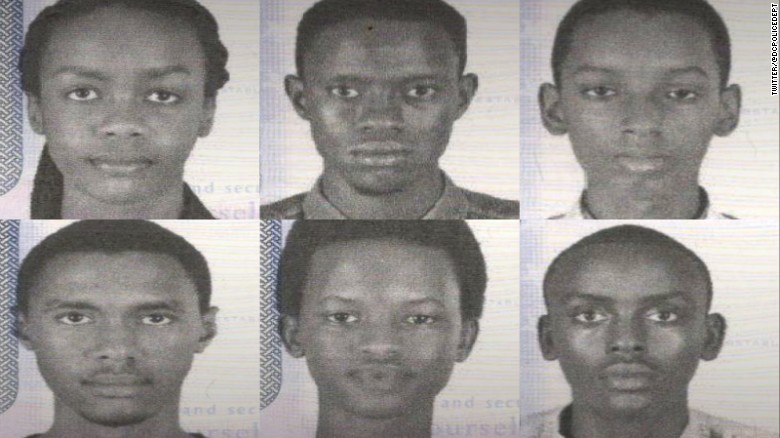
By Barrington Salmon (NNPA Newswire Contributor)
The mainstream media response to the disappearance of a group of teenagers from Burundi, who were in Washington, D.C. for a robotics com-petition, has once again revealed why covering the stories of missing Black people remains so complex.
The team was in Washington for the FIRST Global Challenge robotics competition. The students went missing in July.
The Washington Post reported that, “two of the teens—Don Charu Ingabire, 16, and Audrey Mwamikazi, 17—crossed in to Canada and were with friends or relatives,” and that police confirmed that, “the other four—Richard Irakoze, 18, Kevin Sabumukiza, 17, Nice Munezero, 17 and Aristide Irambona, 18—were not yet with relatives but were still safe.”
Metropolitan Police Department (MPD) officials said that they didn’t have any more information about the whereabouts of Irakoze, Sabumukiza, Munezero, and Irambona; the case was still under investigation, according to a story published at NPR.org on July 20.
Human Rights Watch (HRW) reported that Burundi, the East African home country of the missing teenagers, descended into lawlessness in April 2015 when President Pierre Nkurunziza announced his bid for a disputed third term, despite protocols mandating a two-term limit.
HRW found that, over the past two years, government repression has continued and peace talks between the political factions have stalled.
“Hundreds of people have been killed, and many others tortured or forcibly disappeared,” HRW reported. “The country’s once vibrant independent media and non-governmental organizations have been decimated, and more than 400,000 people have fled the country.”
Although the robotics team’s coach suggested that family members of the teenagers may have been complicit in their disappearance, the lack of sustained media coverage about the missing African teenagers mirrors mainstream media’s apathetic approach to stories about Black women and children who never make it home.
Read the entire story here.

